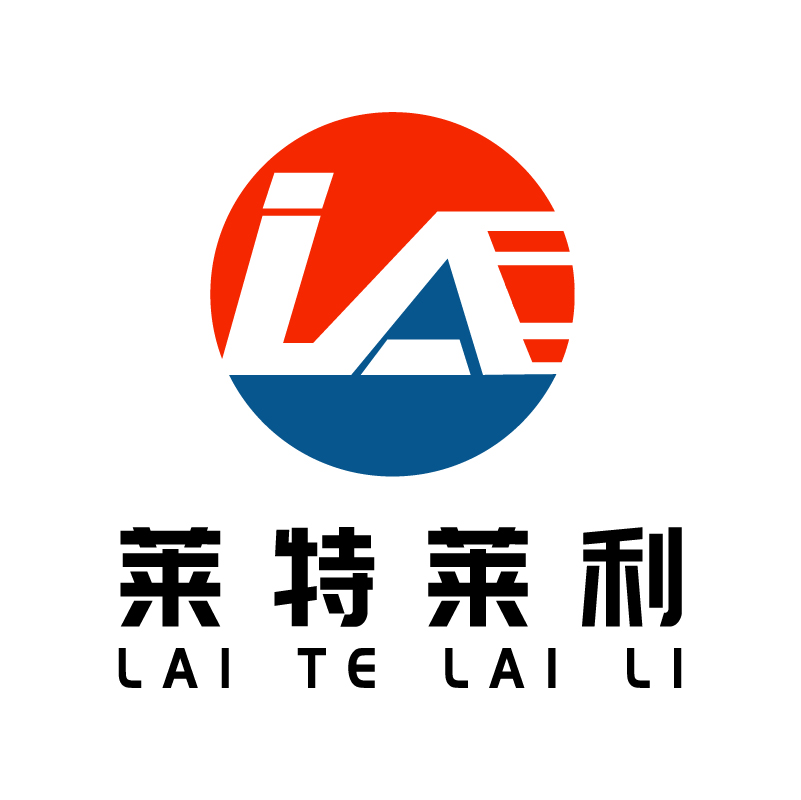The difference between TTO carbon tape and ordinary barcode printer carbon tape
There are significant differences between TTO (Thermal Transfer Overprinter) carbon tape and common barcode printer carbon tape in many aspects. Here's a breakdown of the differences:
1. Definition and application scenarios
TTO carbon tape: A carbon tape designed for thermal transfer overprinting technology, especially for "overprinting" or "overprinting" on existing packaging or labels. It is widely used in food packaging, pharmaceutical packaging, cosmetic packaging, industrial packaging, logistics labels and retail commodity labels and other fields, for printing production date, shelf life, batch, bar code, price and other information. (Source: Ningbo Kemi Electronic official website)
Ordinary bar code printer carbon belt: is a bar code printing consumables coated with ink on one side of the polyester film and coated with lubricant to prevent print head wear, mainly using thermal transfer technology for bar code printers. It is also suitable for packaging, logistics, manufacturing, business and other fields, but does not necessarily have the advantages of TTO carbon belt in specific application scenarios. (Source: Baidu Encyclopedia)
Second, printing effect and durability
TTO carbon belt: The printing effect is clear and durable, with high readability and durability. Even after long periods of storage and transportation, the printed content remains clear and is not prone to fading, blurring or damage. In addition, TTO carbon belt supports printing two-dimensional code, bar code and other changeable graphics to meet the diverse needs of different industries for printing content. (Source: Printing label (Shanghai Outong Intelligent Technology Co., LTD.))
Ordinary barcode printer carbon tape: the printing effect is general, and the durability is relatively poor. Although it can meet basic printing needs, in the face of harsh environments or long storage, the printed content may appear faded, blurred or damaged.
Third, adaptability and compatibility
TTO carbon belt: strong adaptability, can be clearly printed on a variety of flexible packaging materials, such as plastic, film, labels, etc. At the same time, the TTO carbon belt is perfectly compatible with a variety of brands and models of printing equipment, ensuring the best print quality and efficiency. (Source: Shanghai Jinsai Industrial Co., LTD. Double shark carbon Belt website)
Ordinary barcode printer carbon tape: relatively weak adaptability, may not be suitable for some special materials or surface treatment of packaging materials. In terms of compatibility, although it can also be used with a variety of printing equipment, it may not be able to achieve the printing effect and quality of TTO carbon tape.
Cost and efficiency
TTO carbon tape: While the unit price may be relatively high, its superior print quality and durability make it more cost-effective in the long run. At the same time, TTO carbon belt supports high-speed printing operation, improves production efficiency, and is suitable for large-scale printing scenarios. (Source: Ningbo Kemi Electronic official website)
Ordinary barcode printer carbon tape: the cost is relatively low, but the print quality and durability may not be as good as TTO carbon tape. In terms of printing speed, although it can also meet general needs, it may not perform as well as TTO carbon belts in high-speed printing scenarios.
Five, environmental protection
TTO carbon belt: With the improvement of environmental protection requirements, more and more TTO carbon belts are made of environmentally friendly materials to ensure that they meet the requirements of sustainable development while meeting the printing needs. (Source: Hundred)
Common barcode printer carbon belt: Environmental protection varies with specific products, and some products may not meet the latest environmental standards.
To sum up, there are significant differences between TTO carbon belt and ordinary barcode printer carbon belt in terms of definition and application scenarios, printing effect and durability, adaptability and compatibility, cost and efficiency, and environmental protection. In the selection, the appropriate type of carbon belt should be selected according to the specific application needs and scenarios.



